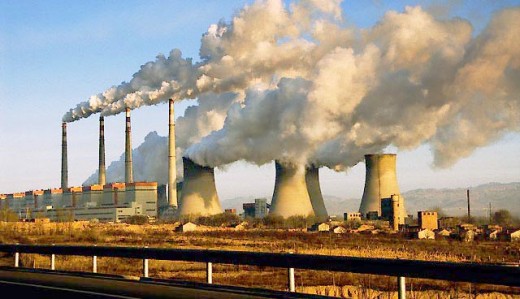According to the International Energy Agency (IEA), energy demand worldwide grew by 2.3% in 2018, its fastest pace this decade, driving up global energy-related CO2 emissions by 1.7% compared to the year before.

Fossil fuels met nearly 70% of the growth for the second year running. Solar and wind generation grew at double-digit pace, with solar alone increasing by 31%. However, that was not fast enough to meet higher electricity demand around the world that also drove up coal use.
Dr Fatih Birol, the IEA’s Executive Director, said: “Despite major growth in renewables, global emissions are still rising, demonstrating once again that more urgent action is needed on all fronts – developing all clean energy solutions, curbing emissions, improving efficiency, and spurring investments and innovation, including in carbon capture, utilisation and storage.”
This trend runs counter to the goals of the Paris Climate Change Agreement, which is to limit the global average temperature rise to as close as possible to 1.5 degrees Celsius compared to pre-industrial levels.
For this core objective of the Paris Agreement to be met, global greenhouse gas emissions would need to peak by 2020, and then rapidly decline. Full climate neutrality – with societies only emitting as much greenhouse gases as can be removed – would need to be achieved by the middle of the century.
Coal use in power generation alone surpassed 10 gigatonnes, accounting for a third of the total increase. Most of that came from a young fleet of coal power plants in developing Asia.
The majority of coal-fired generation capacity today is found in Asia, with 12-year-old plants on average, decades short of average lifetimes of around 50 years.
These findings are part of the International Energy Agency’s latest assessment of global energy consumption and energy-related CO2 emissions for 2018, the “Global Energy & CO2 Status Report”.
Renewables were a major contributor to this power generation expansion, accounting for nearly half of electricity demand growth. China remains the leader in renewables, both for wind and solar, followed by Europe and the United States.
Energy intensity improved by 1.3% last year, just half the rate of the period between 2014-2016. This third consecutive year of slowdown was the result of weaker energy efficiency policy implementation and strong demand growth in more energy intensive economies.
Almost a fifth of the increase in global energy demand came from higher demand for heating and cooling as average winter and summer temperatures in some regions approached or exceeded historical records. Cold snaps drove demand for heating and, more significantly, hotter summer temperatures pushed up demand for cooling.
